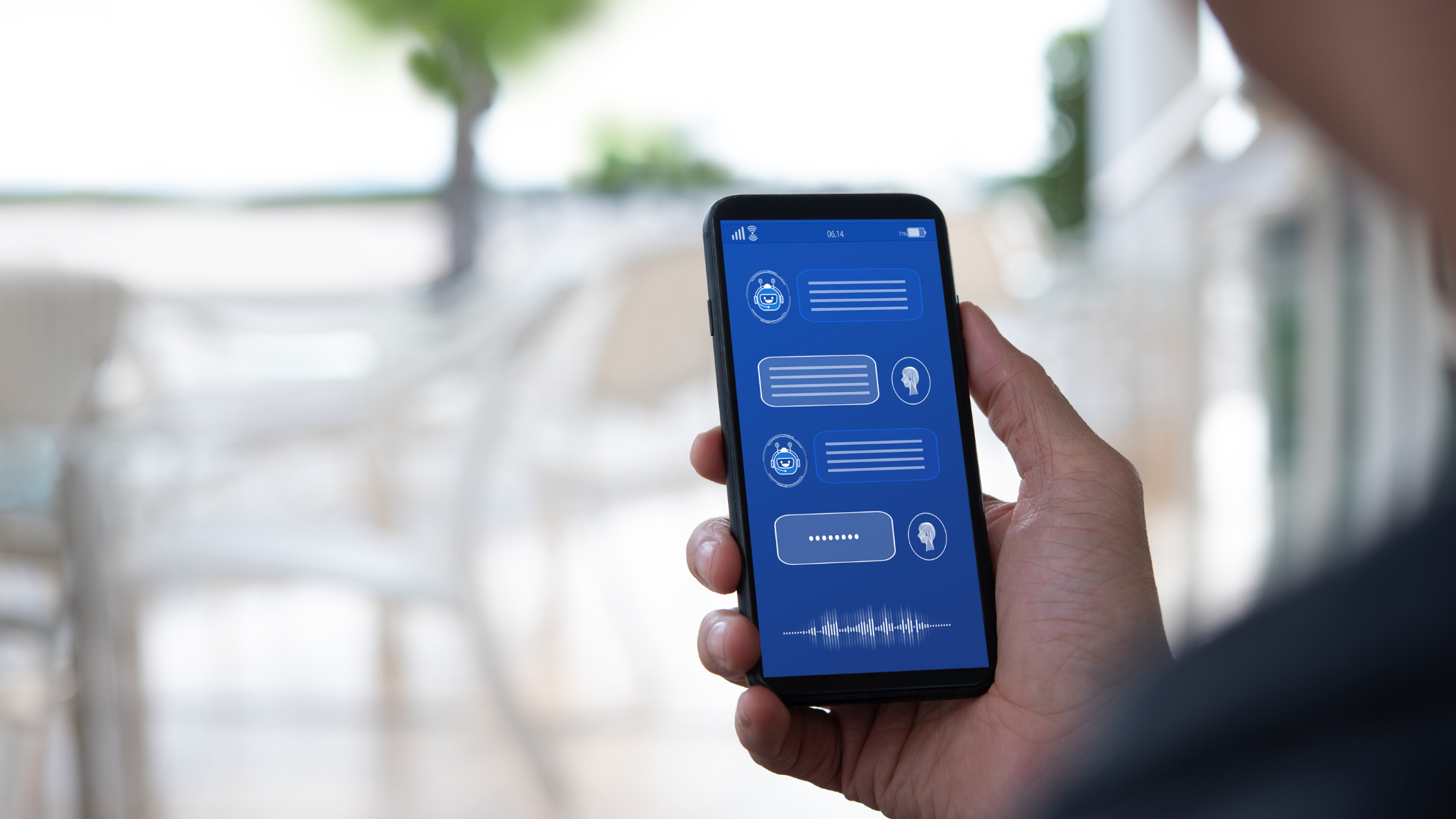Artificial intelligence (AI) has revolutionized the field of translation, making it possible to translate text and speech instantaneously from one language to another with high accuracy. This technology has come a long way in recent years, thanks to the development of neural machine translation (NMT) technology. While AI translation has many benefits, it also has significant implications for the role of the translator. In this blog post, we will explore the current state of AI translation, its benefits and limitations, and the changing role of the translator. 
Read more to find out:
- The Current State of AI Translation
- Benefits of AI Translation
- Limitations of AI Translation
- The Changing Role of the Translator
- The Future of AI in Translation
The Current State of AI Translation
The field of AI translation has seen significant advancements in recent years. NMT is a type of machine learning that uses deep neural networks to train translation systems. NMT is an improvement over earlier machine translation systems that used rule-based approaches, which were often rigid and limited in their ability to handle complex language structures and idiomatic expressions.
NMT can handle more complex structures and has a higher accuracy rate than rule-based systems. This is because NMT models can learn from large amounts of bilingual text data, allowing them to identify patterns and create more accurate translations. This technology has enabled online platforms such as Google Translate to provide high-quality translations for millions of users worldwide.
Benefits of AI Translation
The main benefit of AI translation is speed. With the ability to translate large volumes of text quickly, AI translation systems are highly efficient and can save a lot of time and money for businesses and individuals who need translations done quickly. This is especially useful for companies operating in multiple countries or for individuals who need to communicate with people who speak different languages.
Another advantage of AI translation is accuracy. While human translators are highly skilled, they can make mistakes, especially when translating technical or highly specialized content. In contrast, AI translation systems are highly accurate, making them ideal for translating technical documents and other specialized content.
Limitations of AI Translation
Despite the many benefits of AI translation, there are also some limitations. One of the main limitations is that AI translation systems can struggle with more complex language structures, idiomatic expressions, and cultural nuances. This can lead to inaccurate translations that can cause confusion or misinterpretation of the original text. Therefore, it is important to use human translators in situations where accuracy is essential, such as in legal or medical documents.
Another limitation of AI translation is that it can be challenging to maintain consistency in translation. This is because AI translation systems can struggle to capture the context and tone of the original text, resulting in translations that are inconsistent in terms of style and tone. This can be a problem for businesses that require consistency in their brand messaging across different languages.

The Changing Role of the Translator
As AI translation technology continues to advance, the role of the translator is changing. While AI translation systems can handle many routine translation tasks, there are still situations where human translators are needed to ensure that the translation accurately conveys the intended meaning and context of the original text.
In situations where human translators are needed, their role is becoming more important than ever. Rather than simply translating text, human translators are now responsible for ensuring that the translation is accurate, culturally appropriate, and reads smoothly and naturally in the target language; a process known as post-editing. As well as being fluent in the source language, this requires a deep understanding of the target language and culture, as well as the ability to adapt to new contexts and situations.
Another important role for human translators in the age of AI translation is to provide feedback to AI translation systems. Human translators can identify and correct mistakes made by AI translation systems, improving their accuracy and performance. This requires a deep understanding of AI translation technology and the ability to work collaboratively with AI systems.
The changing role of the translator has led to new opportunities for translators who are willing to adapt to new technologies and develop new skills. Translators who can work effectively with AI translation systems are in high demand.
The Future of AI in Translation
The future of AI translation is exciting and full of possibilities. As AI translation technology continues to improve, it is likely that it will become even more accurate and efficient. Here are some trends and developments to watch for in the future of AI translation:- Increased use of NMT: NMT is already the dominant technology in AI translation, but it is likely to become even more widespread in the future. As more bilingual text data becomes available, NMT models will become even more accurate and capable of handling more complex language structures.
- Integration with other AI technologies: AI translation is likely to be integrated with other AI technologies, such as speech recognition and natural language processing. This will enable more seamless and efficient translation of spoken language and other forms of communication.
- Personalization: AI translation systems are likely to become more personalized in the future, adapting to the individual needs and preferences of users. This could involve the use of machine learning algorithms to learn from users' translation history and preferences, providing more accurate and relevant translations.
- Improved cultural sensitivity: One of the current limitations of AI translation is its inability to fully capture cultural nuances and idiomatic expressions. In the future, AI translation systems are likely to become more culturally sensitive, taking into account the context and cultural background of the original text.
- Collaborative translation: The role of the translator is likely to continue to evolve in the future, with translators working collaboratively with AI translation systems to produce more accurate and effective translations. This could involve translators providing feedback and training data to improve the performance of AI translation systems.
Conclusion
AI translation has already revolutionized the field of translation, providing faster and more accurate translations than ever before. While there are some limitations to AI translation, such as its ability to capture cultural nuances and idiomatic expressions, the technology is improving rapidly and is likely to become even more capable in the future.
The changing role of the translator in the age of AI translation is both a challenge and an opportunity. Translators who are willing to adapt to new technologies and develop new skills are likely to be in high demand in the future, while those who fail to adapt may struggle to find work.
Overall, the future of AI translation is bright, with many exciting developments on the horizon. As AI translation technology continues to evolve, it is likely to transform the way we communicate and interact with people from different cultures and language backgrounds.
For more tips and content for global growth, please visit our blog.












